I’ve written or contributed to roughly 30-odd articles about the fashion industry’s enduring lack of diversity during the course of my working life. I’m hardly alone. The discussion around discrimination in fashion tends to happen in waves, which means that those of us who cover the fashion world are bound to cover racism eventually. A near total absence of Black models on runways (the mid-aughts). A string of blackface controversies (the 2010s). Woke-washing and band-wagonning (2020). These examples barely scratch the surface. Each scandal is inevitably followed by the same series of events: social media outrage, mainstream media attention, and, often, a public apology from the offending party and a verbal commitment to do better. But the root of the issue, systemic racism, never goes away.
‘Words are not enough,’ the former model and activist Bethann Hardison said in May as the Black Lives Matter protests reached their peak. And there were many words being said from big corporations’ carefully crafted statements of solidarity to a chorus of voices on social media captioning little black squares. 'We’ve never seen anything like this before,' she added. Hardison would know. She’s been calling for a more diverse fashion industry for decades and is the woman companies like Gucci and governing bodies like the Council of Fashion Designers of America (Bethann sits on both their boards) turn to in their own quest to create a more equitable work culture.
The groundswell of protests over the killing of George Floyd and America’s persistent police brutality has led to what is now widely recognized as the largest civil rights movement in history. And that movement has in turn led to an unprecedented racial reckoning in fashion, an industry long accused of being homogenous and out of reach, and the formation of a wave of new coalitions advocating for Black professionals in the business.
That was in May. 'Now what?' Hardison asks. How has the fashion world responded? One need only look at the newsstands, to see that change is afoot. Following an historic moment in 2018 in which Black women fronted September issues in unprecedented numbers, this month’s big fashion issues look even more diverse with magazine covers from Vanity Fair to Vogue, acknowledging the Black Lives Matter movement. But the real question is what change is happening behind the scenes. While the discussion around racism and fashion was largely centered around models in the 2000s it has evolved to one about equity. 'These companies have made their statements. Most importantly, they need to try harder to search for employees of colour behind the scenes. Start with your vacant roles. Racism is when you don’t have racial diversity around you. That is racism — even if you don’t think that’s what you are. Back in the day, if you wanted to get a job in fashion, it was about who you knew and what connections you had. But now companies have to think differently; hire diverse employees and get to know who they are,' Hardison says.
Caroline Rush, chief executive of the British Fashion Council, agrees. 'Bigger corporations and institutions need to look at diversity and inclusion within the company and across their recruitment processes, but also their teams, boards and committees, something that we are currently doing at the BFC. In London, we have become a lot more inclusive and diverse when it comes to designers and models walking the catwalks of London Fashion Week, reflecting our amazing multicultural city. However we also need to make sure this diversity is present at all levels and that we offer companies toolkits to implement diversity and inclusion policies.'
Stateside, a wave of prominent coalitions emerged including The Black In Fashion Council, a group of more than 400 Black executives, editors, stylists, models and retailers and the Kelly Initiative, a group of 250. Meanwhile the designer Aurora James founded the 15 Percent Pledge, which challenges businesses to dedicate 15% of their shelf space to Black-owned business (so far Yelp, Vogue and Sephora have accepted the challenge.) 15% because that Black Americans make up roughly 15% of America. ‘Many Black people choose to spend money with these businesses, their stores are set up in our communities, and their sponsored posts are targeted to us. If they value our money, then value us as well and show us that we are represented,’ James told Grazia in June. James is on the cover of American Vogue this month, for her work advocating for equality. Hardison says the appeal in James’ campaign is its focus: 'Give 15% of your spend to Black businesses. It’s easy to understand. It’s a percentage you can commit to.'
James is one of a growing number of fashion designers including Pyer Moss’ Kerby Jean-Raymond, Telfar Clemens, Sam Ross and Virgil Abloh who are using their brands and platforms to lift as they climb. This month, Kering announced its investment in a new project from Jean-Raymond called 'Your Friends in New York', a platform that will combine fashion, music, art, philanthropy and wellness 'to form an eco-system of creativity'. In a statement the Kering Group said the project will also develop to include an incubator program that will support diverse emerging designers to explore 'disruptive new business models'.
Your Friends in New York quickly mobilised in March 2020 with a personal donation from Jean-Raymond as part of the organization’s mission to aid marginalised communities impacted by the pandemic. Kering aided YFINY’S Covid-19 relief efforts with a supporting donation. 'Moving forward, Your Friends in New York plans to continue to focus on pressing issues in local communities, including but not limited to providing mental health services for children and residents of public housing primarily,' the Kering Group says.
In the UK, a collective of Black professionals banded together to voice their longstanding frustrations with the British Fashion Council, and also formulate their own plans to create greater equality within the industry. The Peckham-based designer Daniel Peters has formed the Fashion Minority Report. ‘In the wake of the BLM movement I started to do some research into racial representation in the fashion industry, and it was startling to find out that minority voices only represent 11% of the creative industry, which is 7% under the expected average,' he says. His campaign 'aims to increase diversity across hires of POC and female professionals within the fashion industry to redress this imbalance, but to also spark a conversation about the issue. We need to treat diversity across the UK, and not just our industry, with the same level of attention to detail and care as we did with issues such as the gender pay gap.’ Meanwhile, a group of academics have launched FACE, co-founded by Pascal Matthias, a senior fellow at Southampton University and Andrew Ibi, an educator at Liverpool, to address the UK’s overwhelming homogeneity at the faculty level. ‘You can't fix one part of a broken system and expect the rest to miraculously change because of that one band-aid. Young Black and Brown designers, business thinkers and future executives are not seeing themselves represented in our entirety at any level; whether that's the tutors in our colleges, the mentors we place our designers with, the business advice givers that they seek knowledge and guidance from,’ says stylist and educator PC Williams, who is a tutor at Central Saint Martins. ‘We all need people to aspire to be like, and it feels like a much more achievable dream if they look like you,’ she adds.
The British Fashion Council, meanwhile, has launched a Diversity and Inclusion Steering Committee which Rush says will bring together leaders in business, culture, education and communication to create a framework that will offer broader routes to entry 'for all under-represented groups'.
The BFC is also addressing a lack of diversity within its own organisation. 'We are taking immediate steps to address this, including the broadening of our board to include three new fantastic BAME non-executive directors to our executive board: June Sarpong from the BBC, Jamie Gill from Roksanda and Scott Morrison from The Boom! We are also reviewing internally our recruitment policies and have created an internal D&I Working Group to push the agenda forward amongst the team. Diversity on the runway and on magazines is something that is visible by the public. A lot of companies might think this is an easy fix to their wider diversity issues and that by doing so, they are addressing diversity and inclusion on a bigger scale,' Rush says. 'What we have seen over the past few months is that the issues are much deeper and actually what is lacking in most organisations is diversity at board level, within the rooms where the important decisions are made. The need for change is essential and while diversity in the industry has improved in some aspects, there are still many systemic barriers that need to be broken down to ensure the industry is truly open to everyone.'
The question is: will all of these efforts be enough to create a culture in which articles like this one aren’t written with such great regularity. Hardison, who has already helped drive considerable progress over the years is optimistic. 'When you talk about getting someone a seat at the table, all of this is what that means. If you’re worried about your history not being perfect, it’s better to start somewhere than nowhere.'
SHOP: The Best Black-Owned Businesses To Support Now
 1 of 23
1 of 23SIKA, Maliah Puffer Jacket, £215
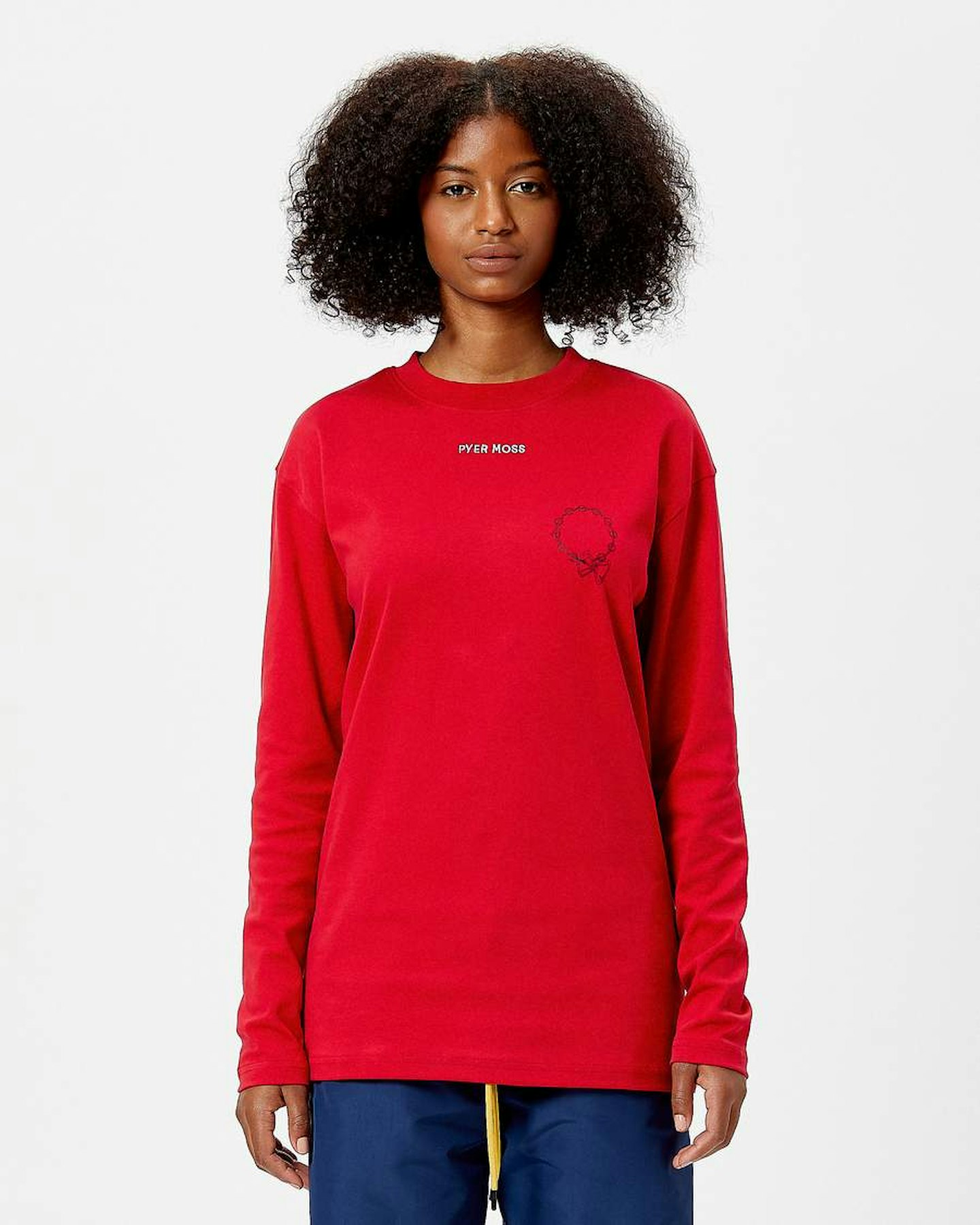 2 of 23
2 of 23Pyer Moss, Sister Long-Sleeve Tee, £128
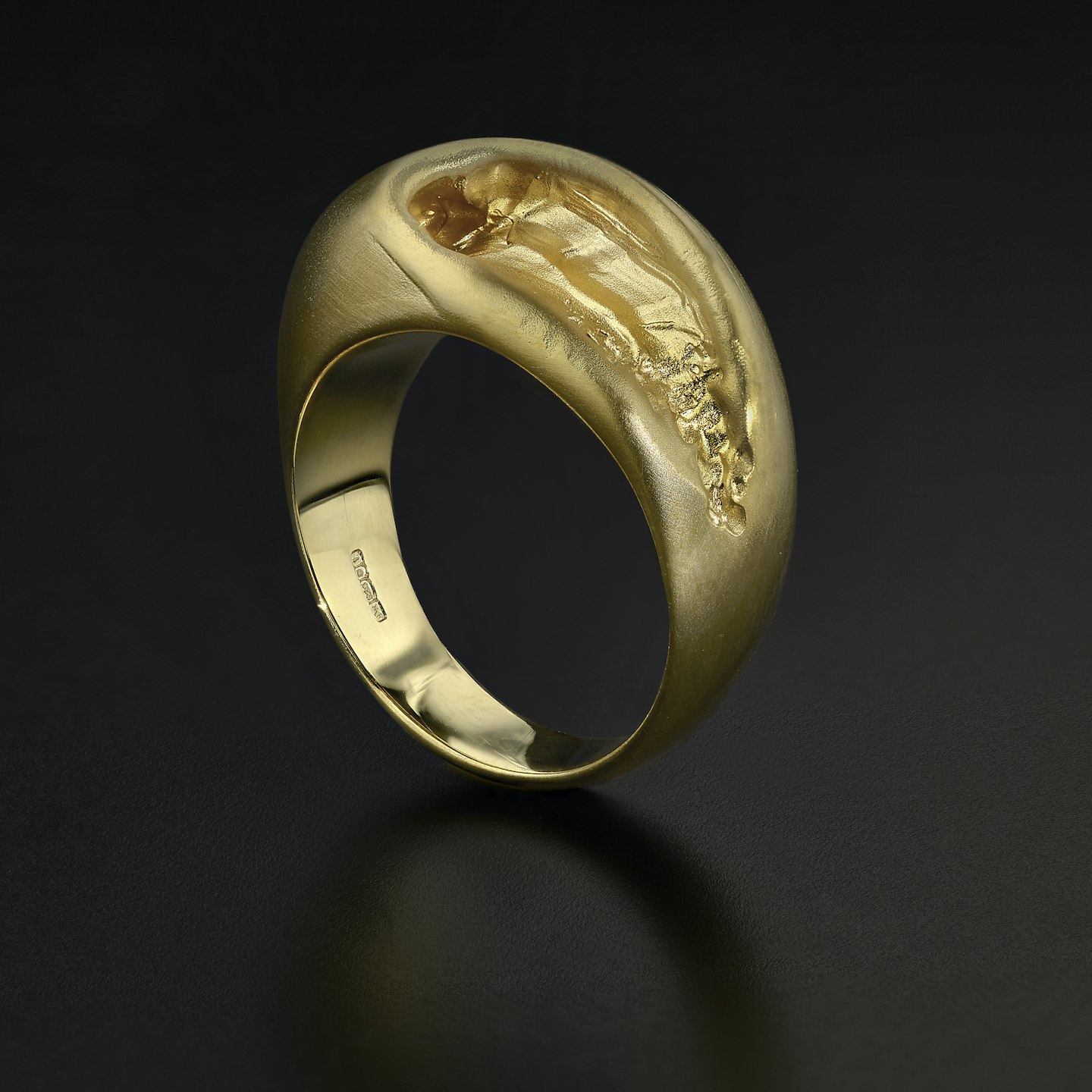 3 of 23
3 of 23Emefa Cole, Tube Ring, £800
 4 of 23
4 of 23Kemi Telford, Forest Brushed Cotton Maxi Dress, £205
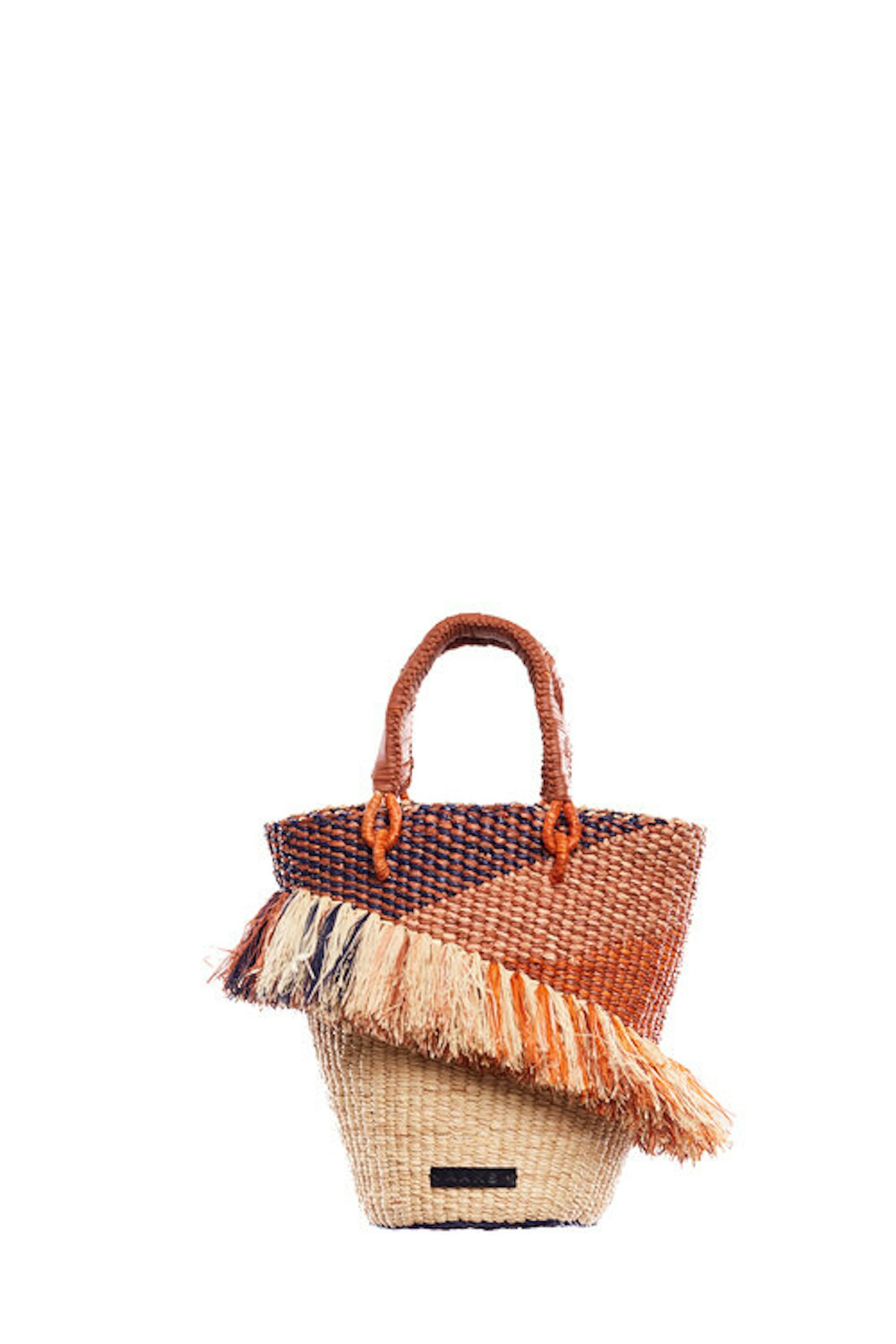 5 of 23
5 of 23AAKS, Tia Ruffle, £165
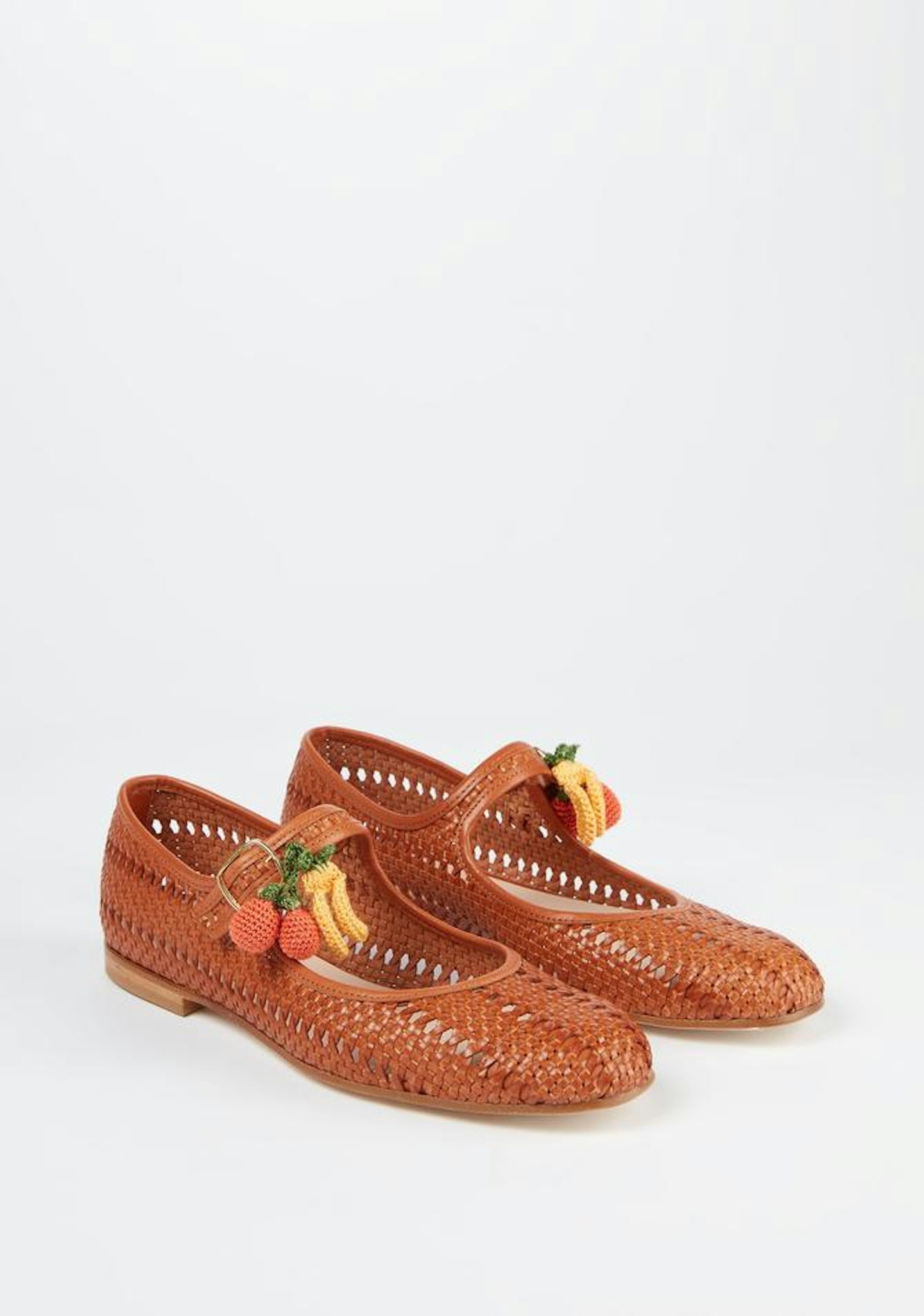 6 of 23
6 of 23Brother Vellies, Picnic Shoes, £545
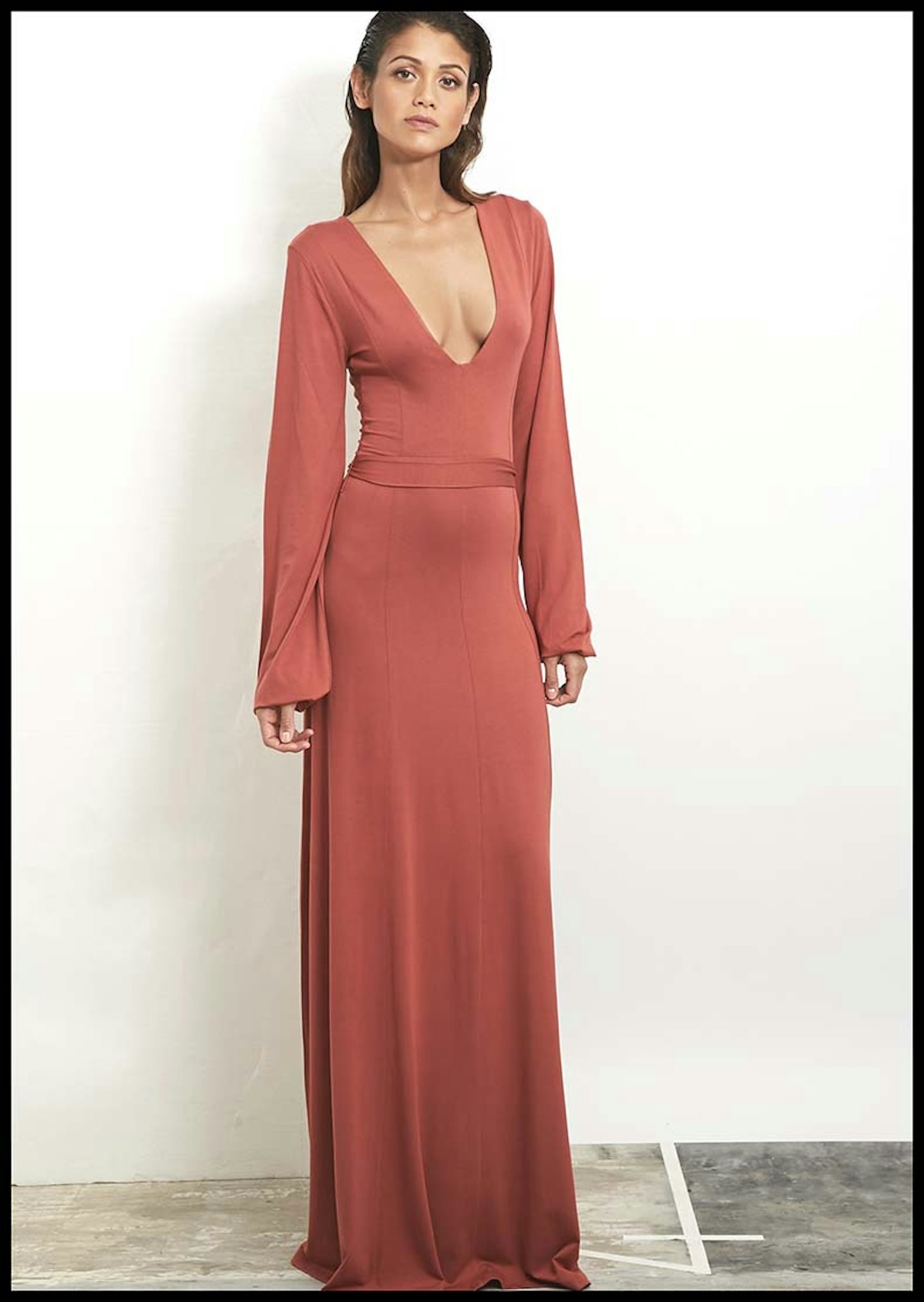 7 of 23
7 of 23TTYA, Plunge Maxi Dress, £20
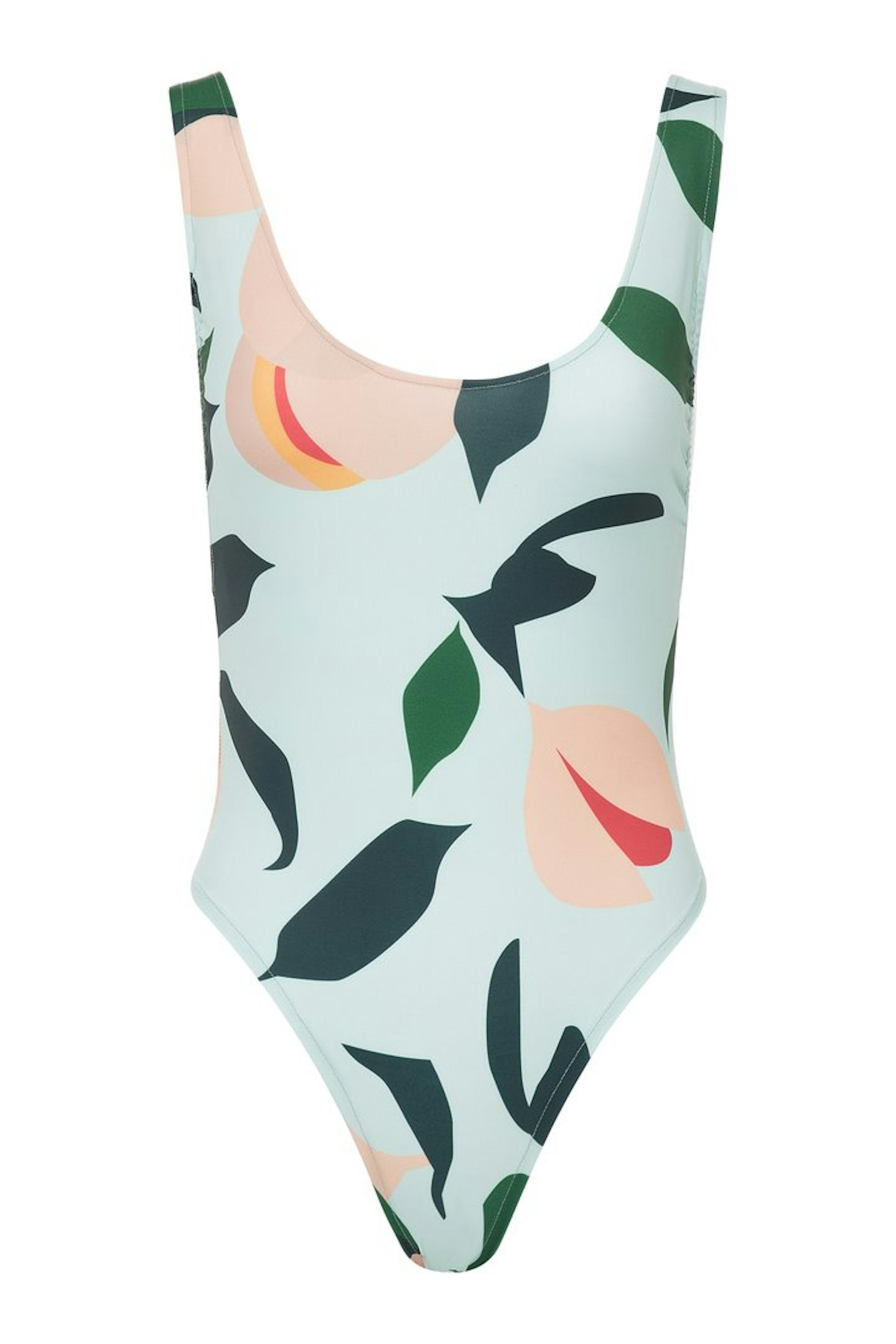 8 of 23
8 of 23Fe Noel, Nutmeg Swimsuit, £134
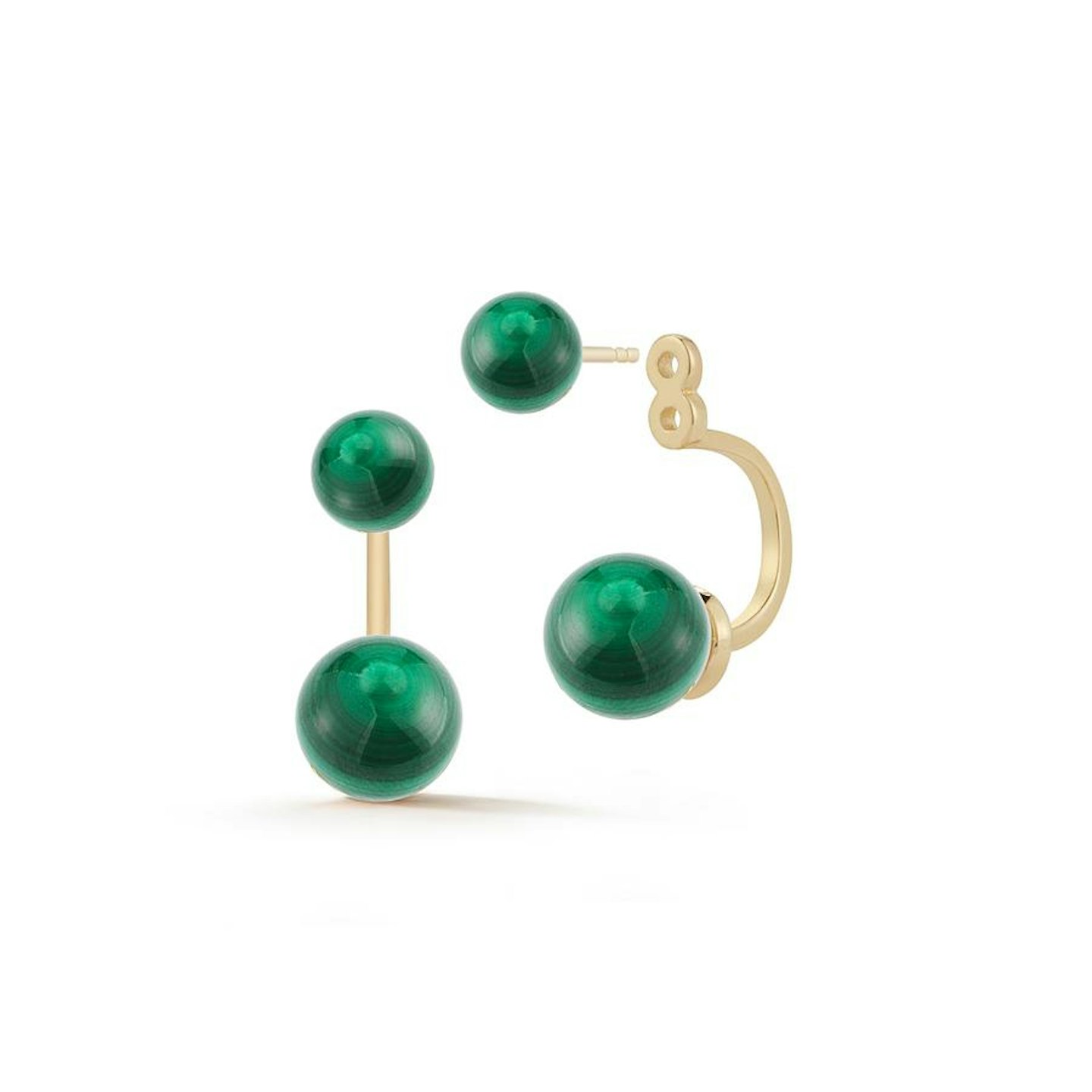 9 of 23
9 of 23Mateo New York, 14K Gold Malachite Ear Jackets, £439
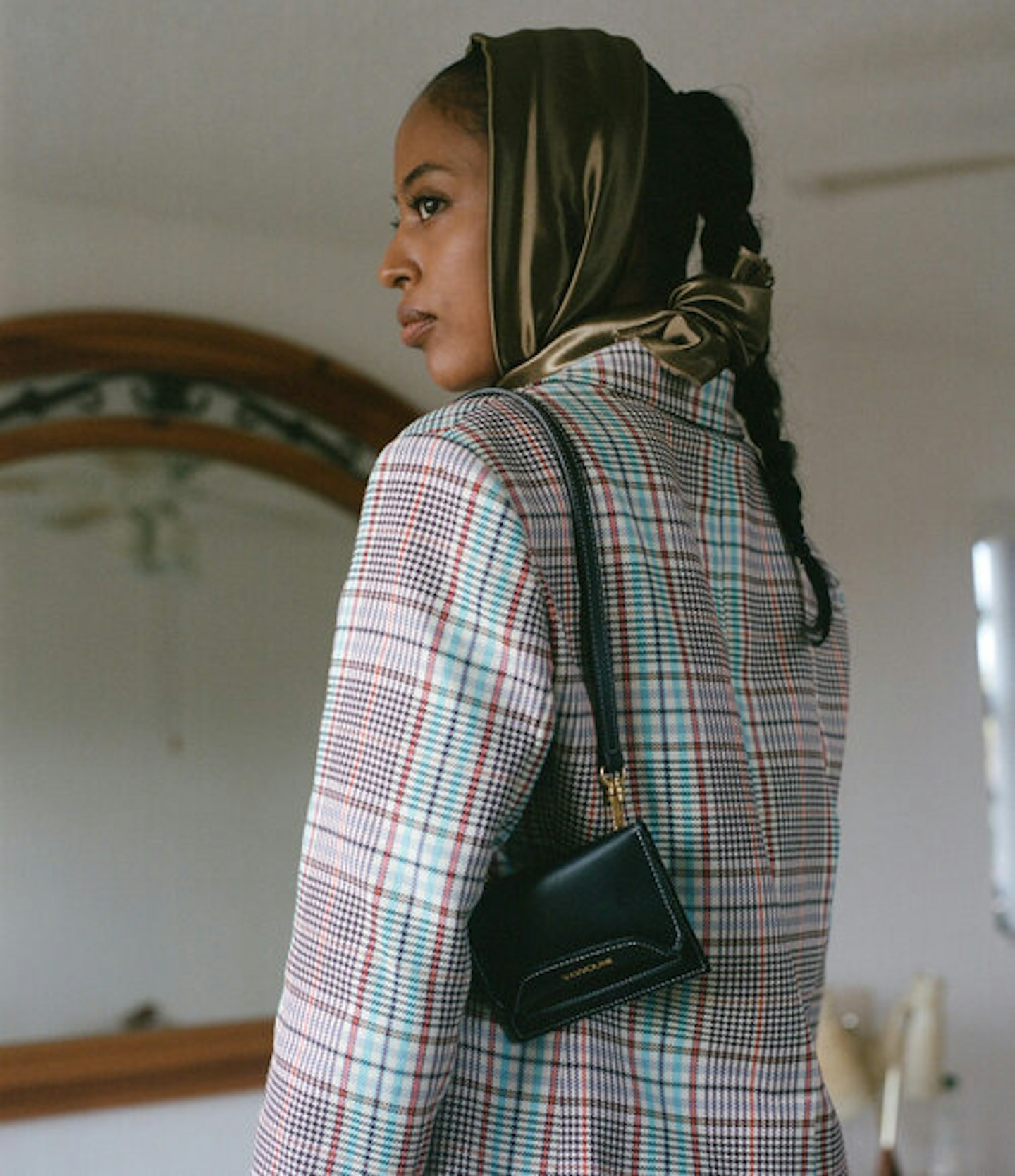 10 of 23
10 of 23Vavvoune, USRA Wallet, £153
 11 of 23
11 of 23More Than, Nikki Plaid Slides, £72
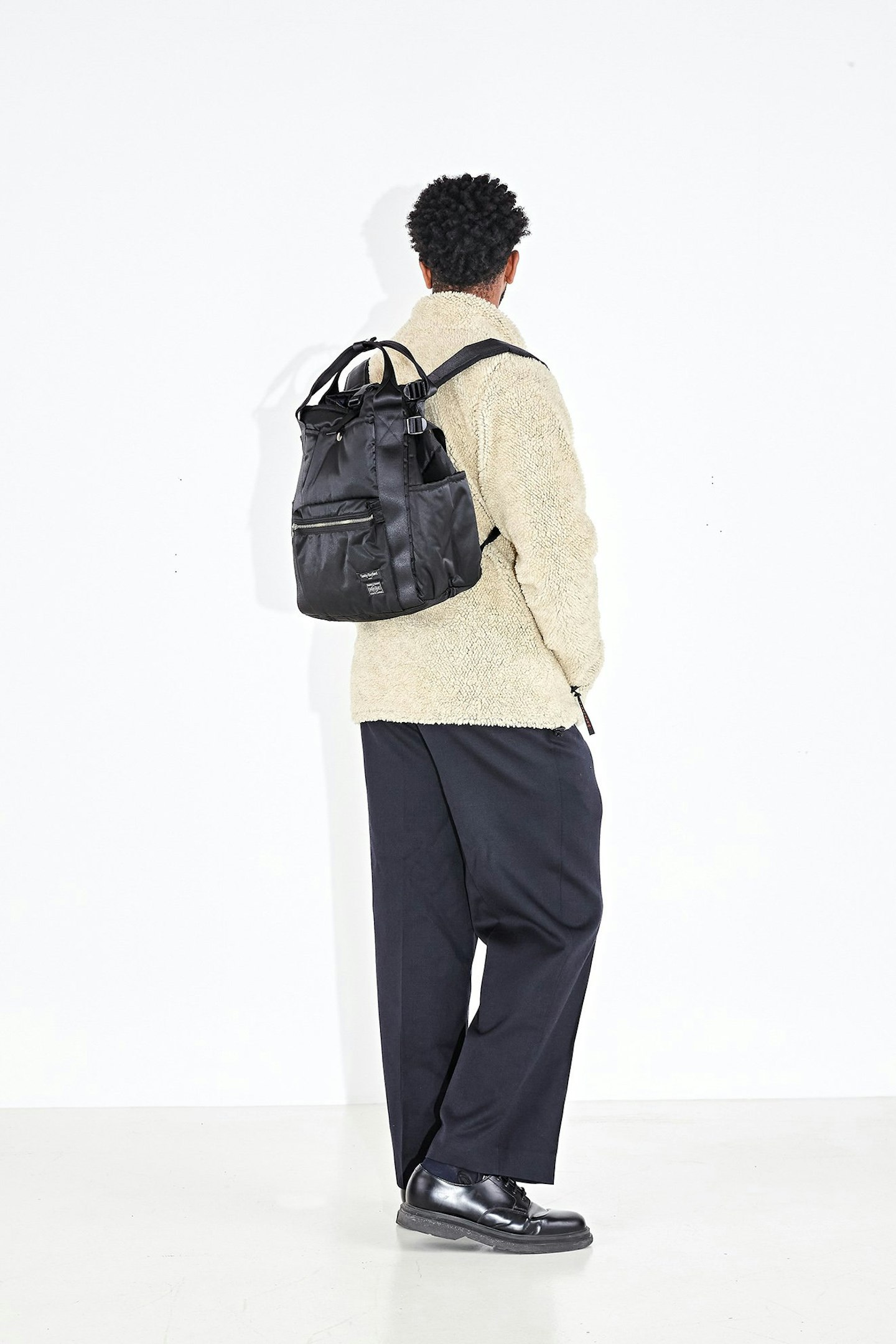 12 of 23
12 of 23Casley-Hayford, Union Rucksack, £395
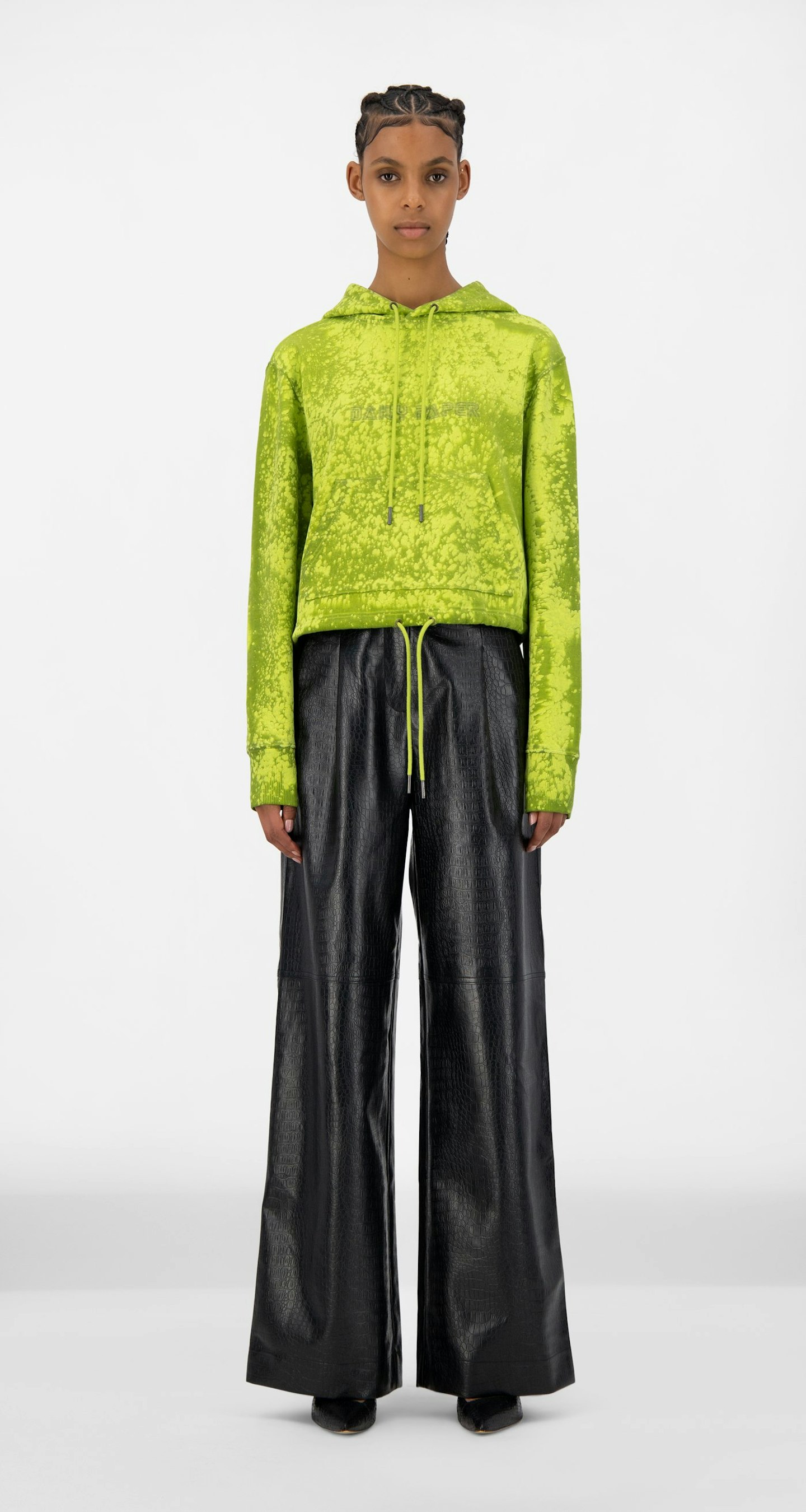 13 of 23
13 of 23Daily Paper, Acid Lime Jowa Hoodie, £139
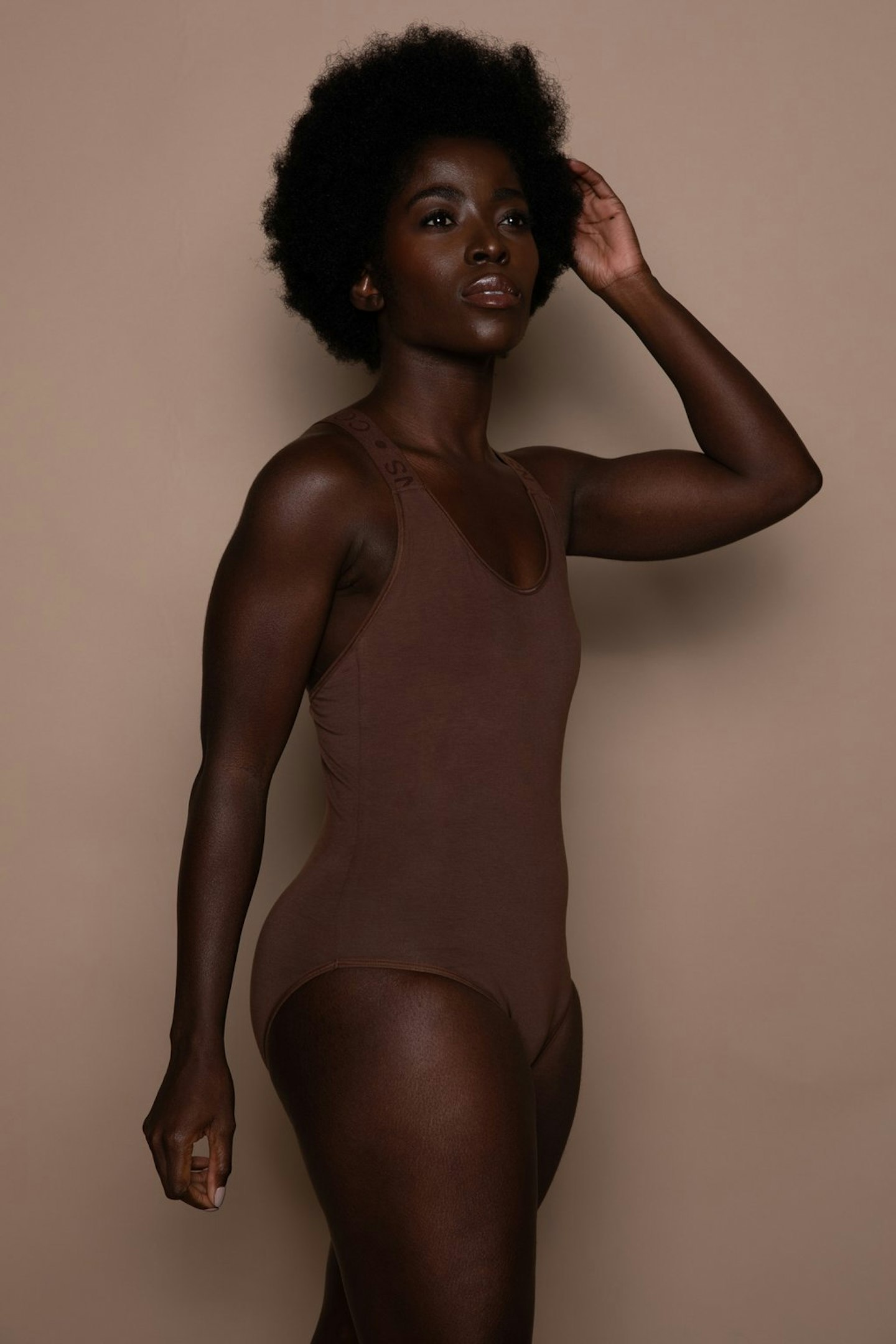 14 of 23
14 of 23Nubian Skin, Bodysuit, £39.50
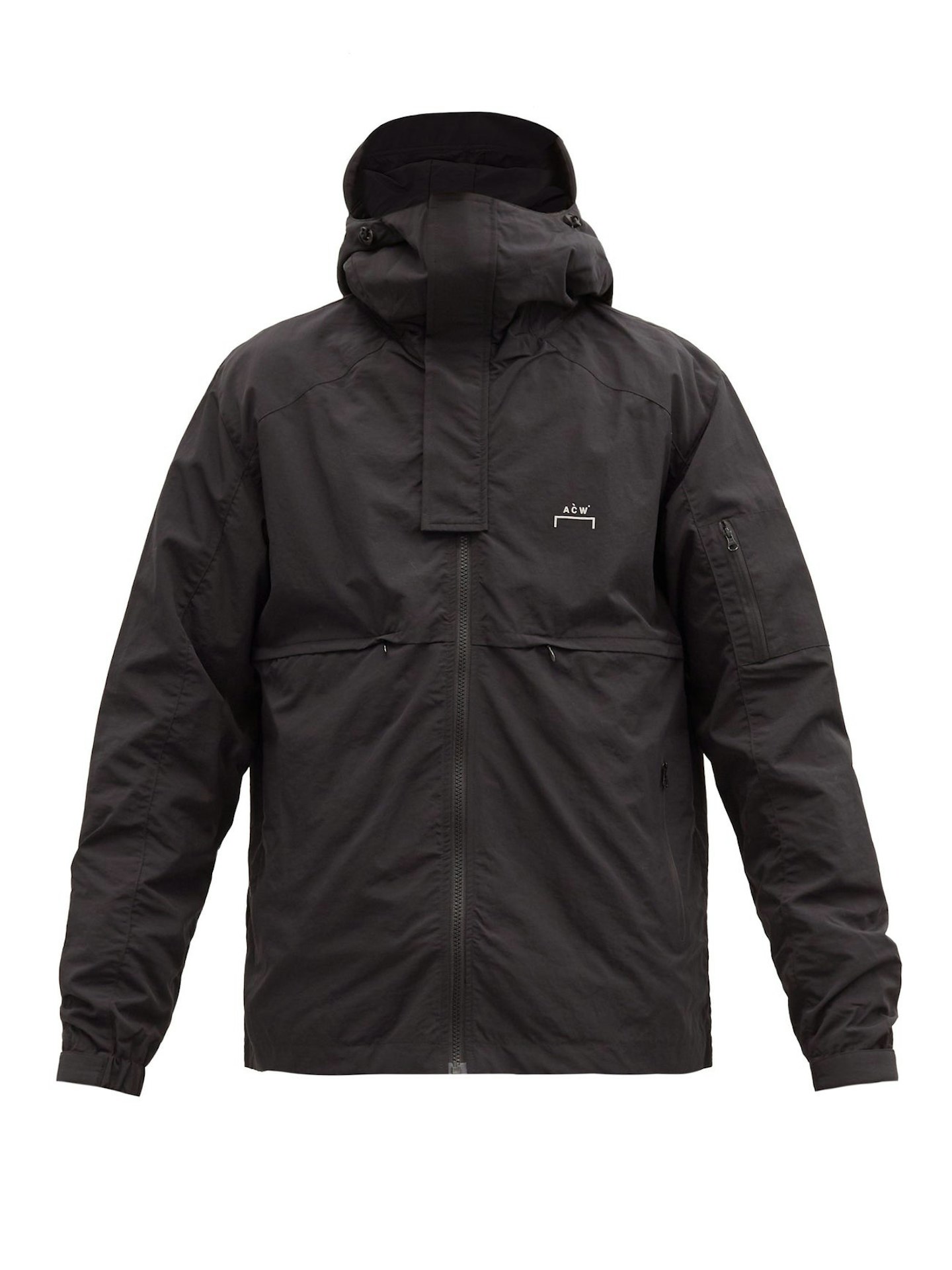 15 of 23
15 of 23A-Cold-Wall*, Storm Compass-Pocket Hooded Jacket, £335
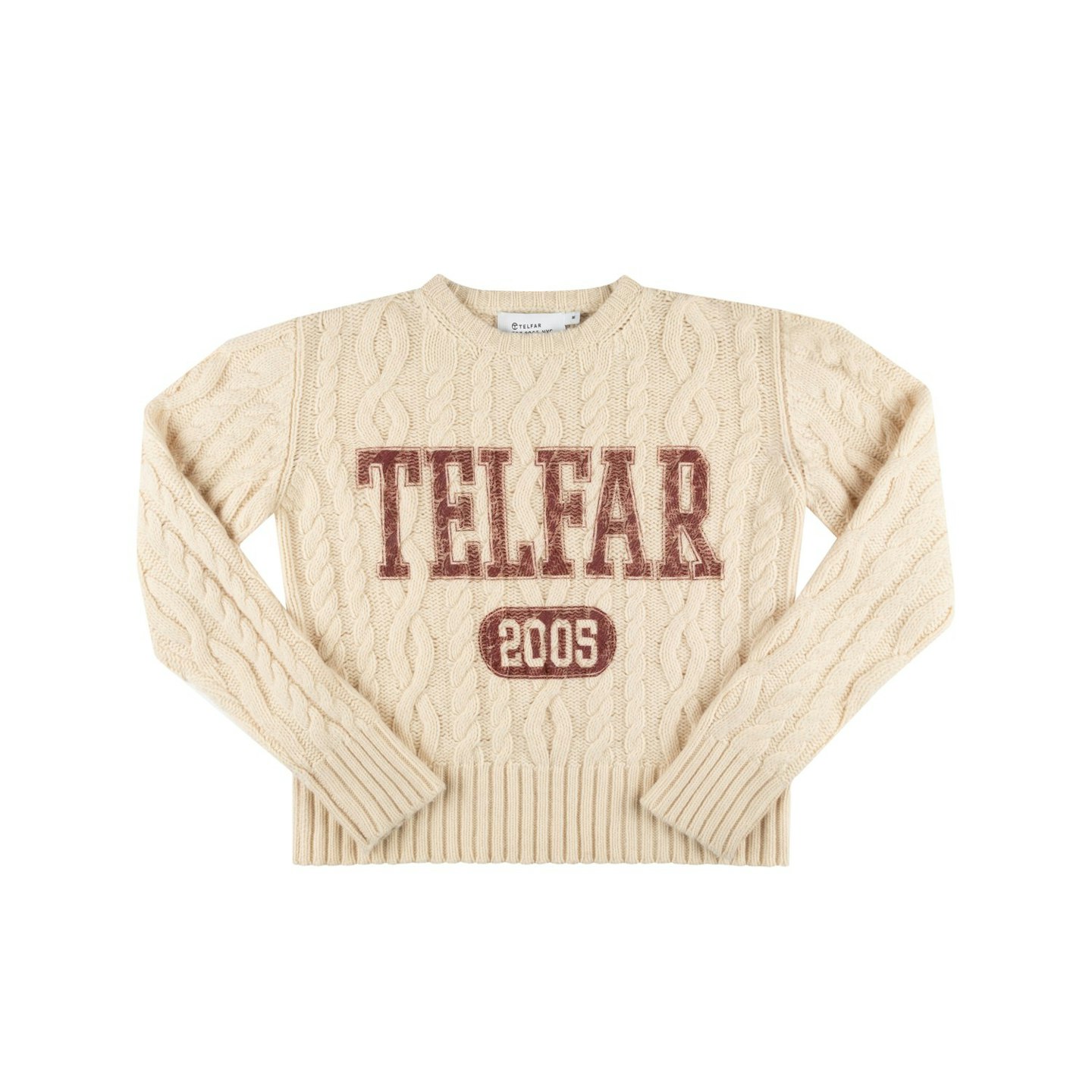 16 of 23
16 of 23Telfar, Cable-Knit Thumbhole Sweater, £329
 17 of 23
17 of 23Kenneth Ize, Handwoven Scarf, £240
 18 of 23
18 of 23Thebe Magugu, Boat-Neck Ribbed Wool Sweater, £265
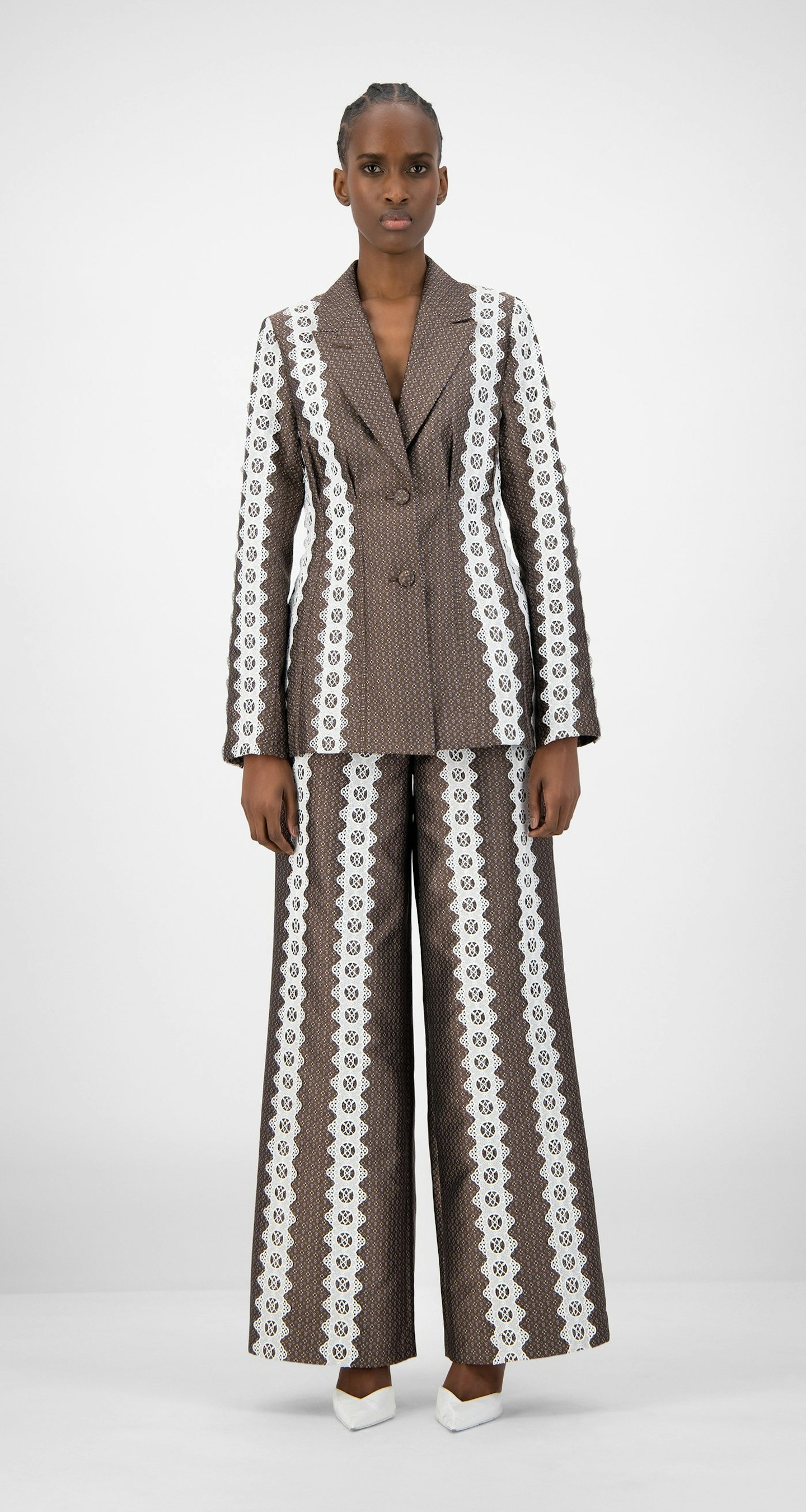 19 of 23
19 of 23Daily Paper, Brown Kazira Blazer, £285
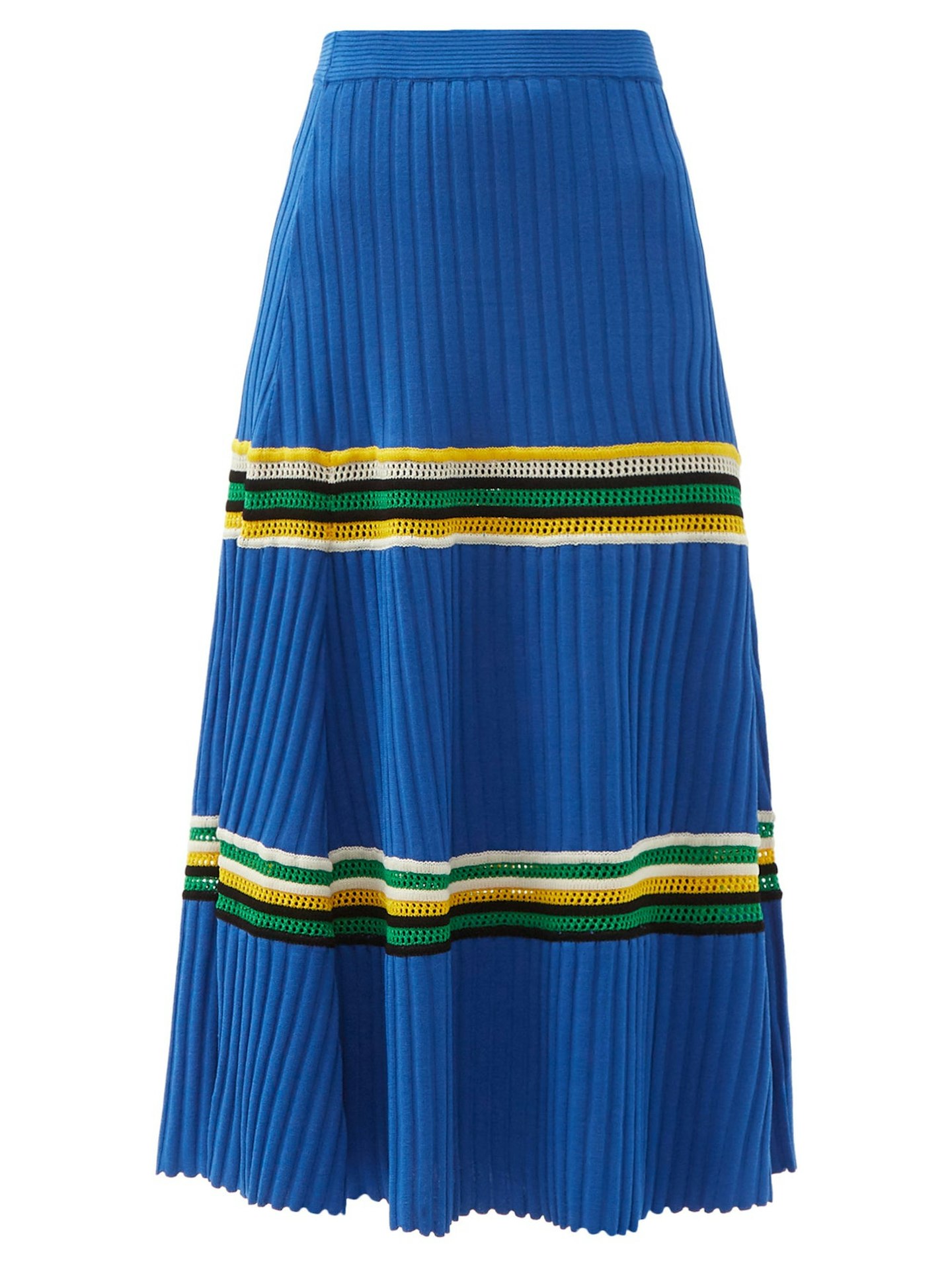 20 of 23
20 of 23Wales Bonner, Saint Ann Crochet-Panel Rib-Knitted Skirt, £450
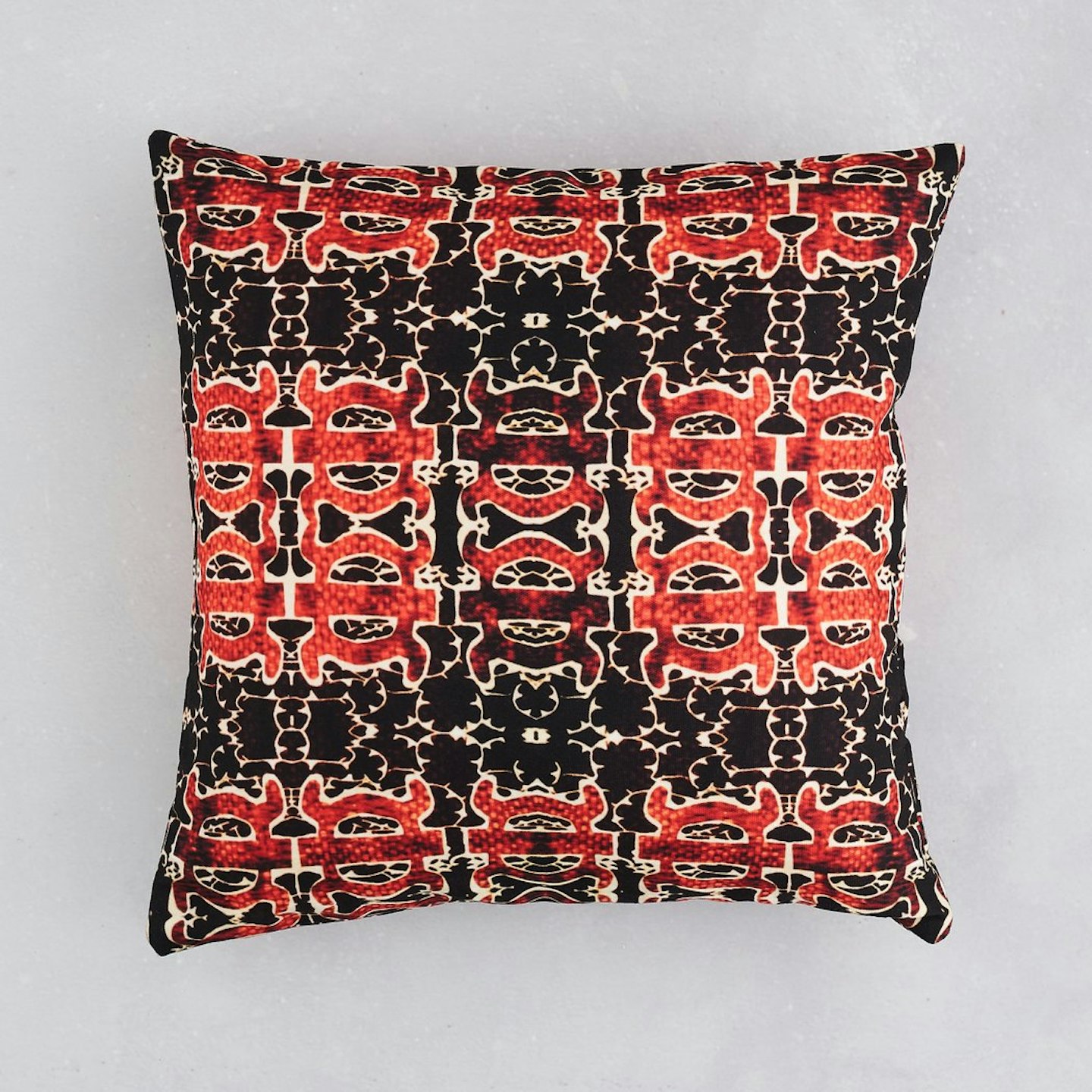 21 of 23
21 of 23AK Wilde, Adinkra African Print Cushion, £37
 22 of 23
22 of 23Martine Rose, Jersey Funnel-Neck T-shirt In White, £135
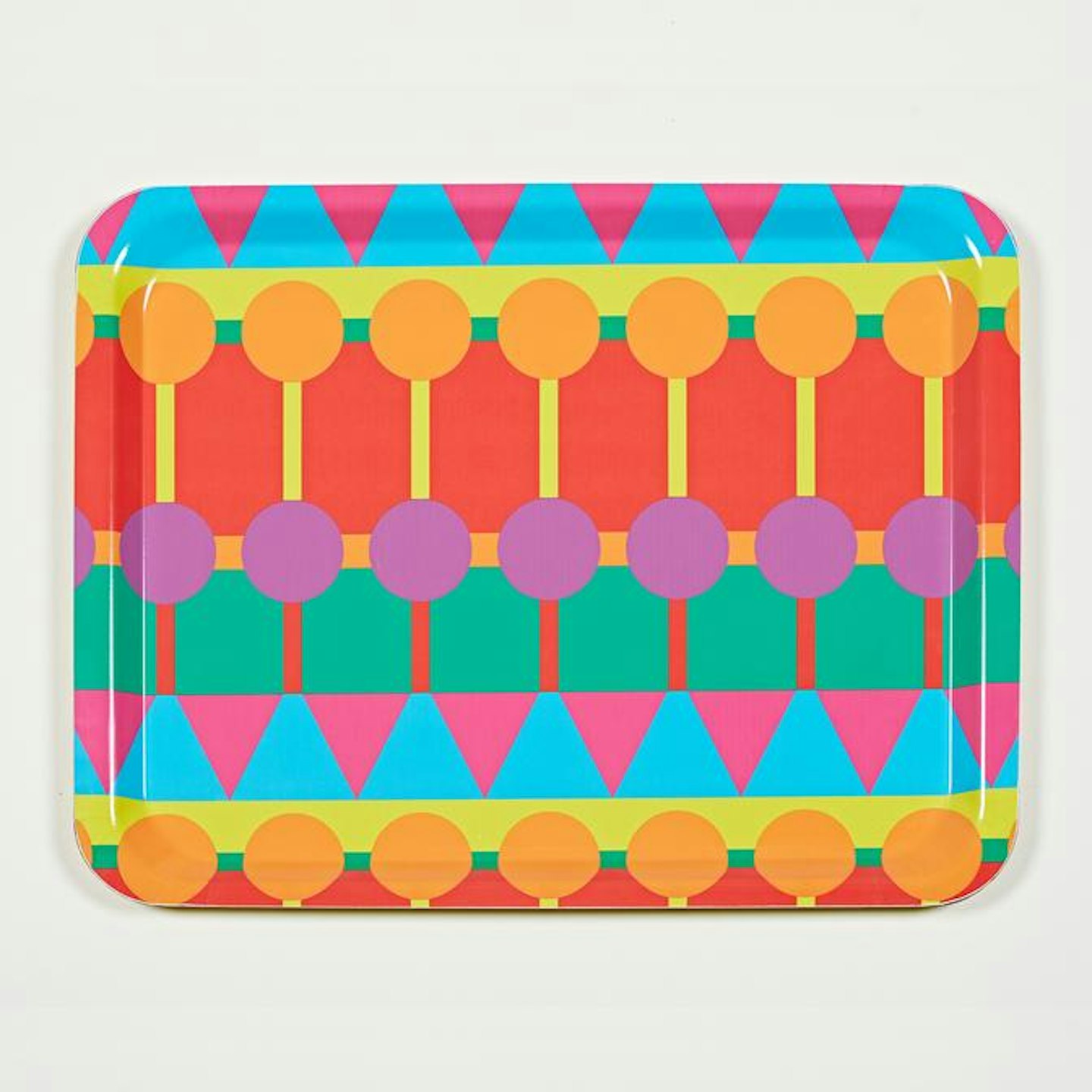 23 of 23
23 of 23